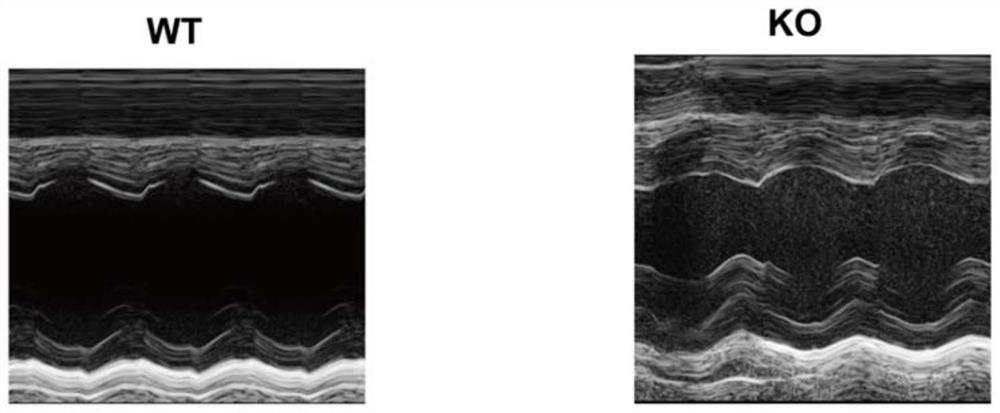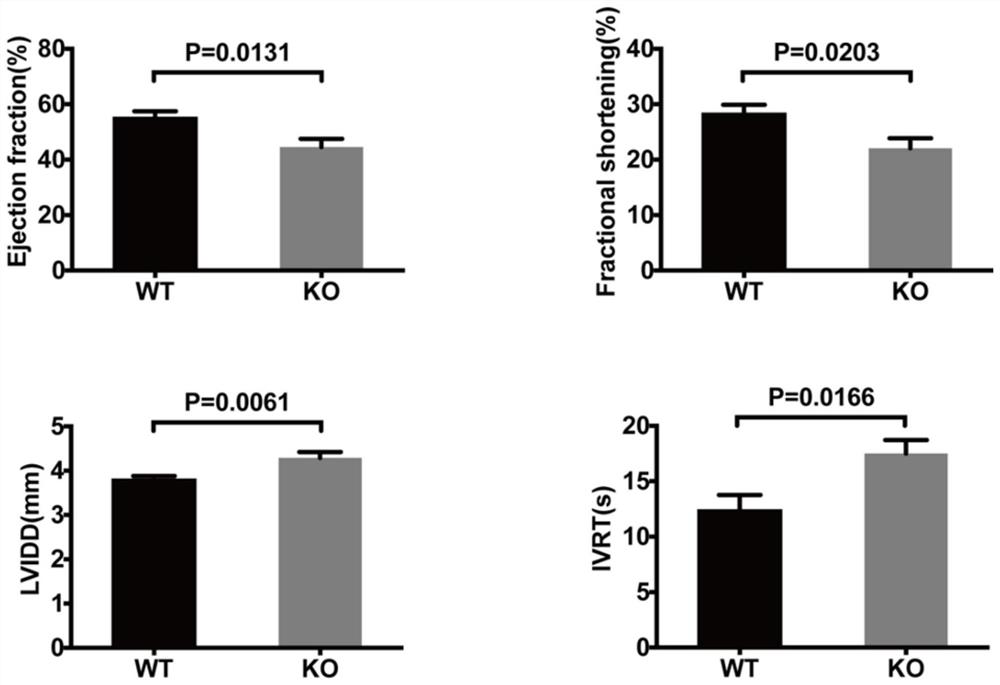Construction method and application of Tecrl knockout mouse model
A technology of mouse model and construction method, applied to other methods of inserting foreign genetic materials, chemical instruments and methods, biochemical equipment and methods, etc.
- Summary
- Abstract
- Description
- Claims
- Application Information
AI Technical Summary
Problems solved by technology
Method used
Image
Examples
Embodiment 1
[0040] This embodiment provides a method for constructing a Tecrl gene knockout mouse, comprising the following steps:
[0041] 1.1 Design and identification of sgRNA
[0042] The key to gene knockout lies in the selection of the target, acting on the correct target can cause the loss of gene function through sequence mutation. In this example, after determining the target of gene knockout, the CRISPR Design software (http: / / crispr.mit.edu / ) was used to design 8 pairs of sgRNAs (named sgRNA1~sgRNA16) against the Tecrl gene, and the sgRNAs were designed according to the Corresponding primers were synthesized by sequence and ligated into the pCS vector by annealing and polymerization. Then, the activity of sgRNA was detected by using the CRISPR / Cas9 activity detection method independently developed by BioStudio-UCATM, and the results were as follows Figure 8 As shown, the screening identified two sgRNAs with higher activity. Specifically, sgRNA8 and sgRNA14, the sequences of...
Embodiment 2
[0058] The F3 generation Tecrl that embodiment 1 obtains is knocked out (Tecrl - / - ) After the mouse model was fed normally for 6-8 weeks, the mice were anesthetized under 3.5ml / min isoflurane, and the Vevo2100 small animal ultrasound imaging system was used to perform ultrasonic examination on the 6-8 week Tecrl knockout mice. The heart obtained M-mode echocardiographic images and related indicators of cardiac function. The result is as figure 2 and image 3 As shown, compared with wild-type C57BL / 6 mice (WT), Tecrl knockout mice (KO) had significantly lower cardiac ejection fraction and short-axis ratio. During diastole, compared to wild-type mice (WT), Tecrl - / - The isovolumic relaxation time of mice (KO) was significantly prolonged, and the end-diastolic diameter of the left ventricle was significantly increased. This result shows that Tecrl knockout mice exhibited decreased left heart function with impaired systolic and diastolic function at 6-8 weeks, and this mouse...
Embodiment 3
[0060] The F3 generation Tecrl that embodiment 1 obtains is knocked out (Tecrl - / - ) After the mouse model was raised normally for 6-8 weeks, epinephrine (ISO) and caffeine were injected simultaneously by intraperitoneal injection. Choose between 3mg / kg, can make Tecl - / - Mice showed obvious bidirectional ventricular tachycardia). The electrocardiogram data of the mice were collected before and after the injection to compare the ECG changes of the mice before and after the injection of epinephrine and caffeine. The specific method for collecting the ECG data of the mice is as follows: anesthetize the mice under 3.5ml / min isoflurane, fix them on the ECG recording board in the supine position, fix the limbs with adhesive tape, approach the surface leads of the ECG, and use the electrocardiogram The software collects the ECG data of mice. Wild-type C57BL / 6 mice were used as controls.
[0061] The result is as Figure 4-Figure 7 As shown, before injecting caffeine and epineph...
PUM
 Login to View More
Login to View More Abstract
Description
Claims
Application Information
 Login to View More
Login to View More - R&D
- Intellectual Property
- Life Sciences
- Materials
- Tech Scout
- Unparalleled Data Quality
- Higher Quality Content
- 60% Fewer Hallucinations
Browse by: Latest US Patents, China's latest patents, Technical Efficacy Thesaurus, Application Domain, Technology Topic, Popular Technical Reports.
© 2025 PatSnap. All rights reserved.Legal|Privacy policy|Modern Slavery Act Transparency Statement|Sitemap|About US| Contact US: help@patsnap.com



